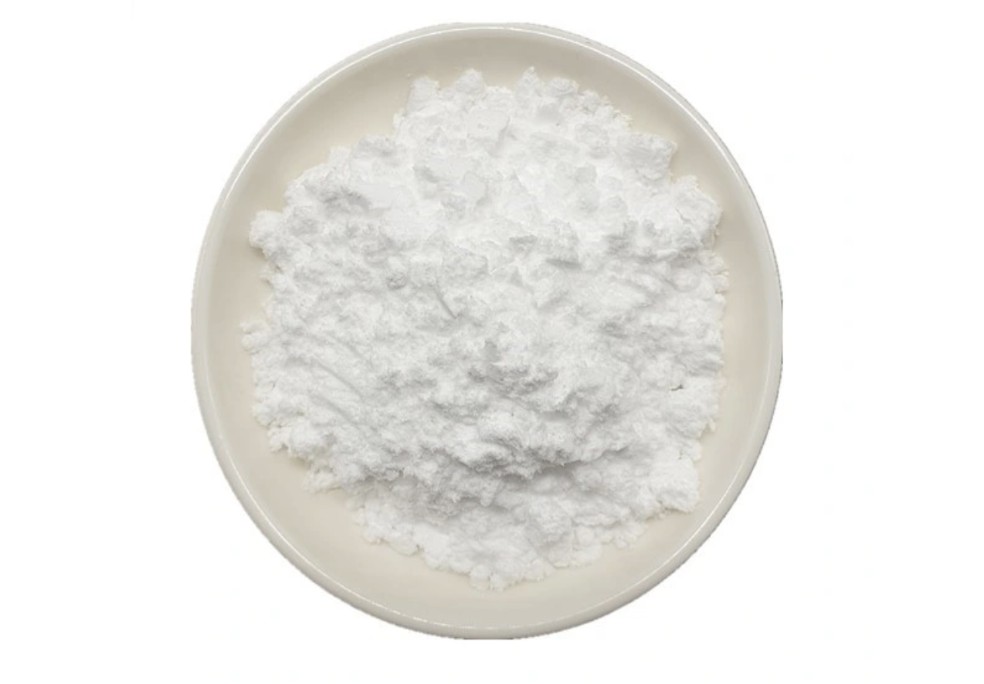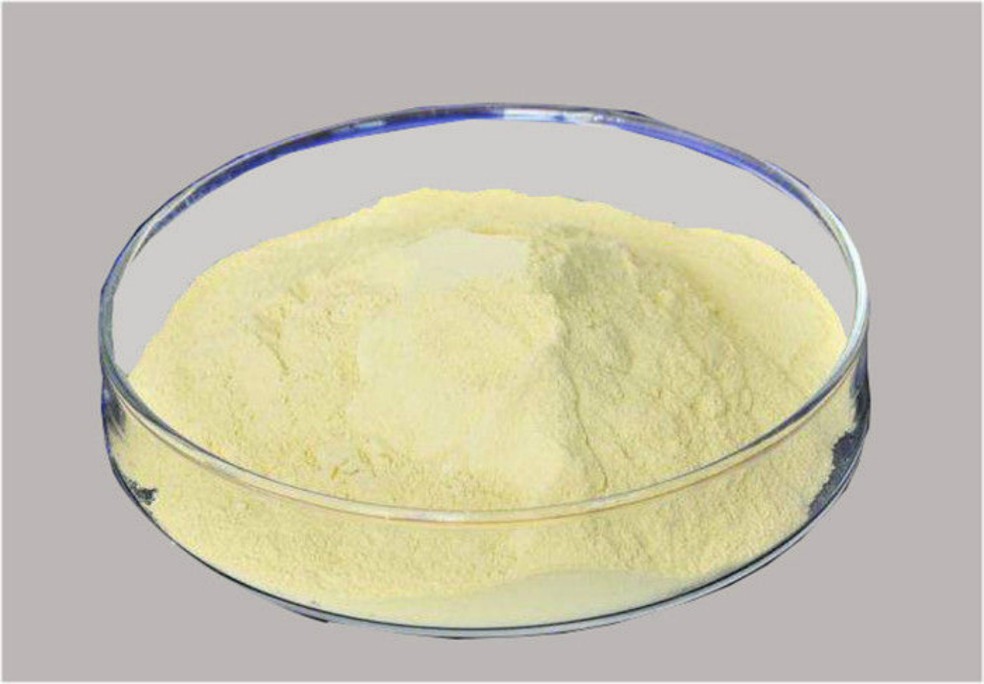Tibolone is a synthetic steroid drug with estrogenic, progestogenic, and weak androgenic actions which was introduced in 1988 and is used widely in Europe, Azië, Australasia, and, with the exception of the United States (where it is not available), the rest of the world.
It is used mainly for treatment of endometriosis,as well as hormone replacement therapy in post-menopausal women. Tibolone has similar or greater efficacy compared to older hormone replacement drugs, but shares a similar side effect profile.It has also been investigated as a possible treatment for female sexual dysfunction.
Tibolone is the first of a class of compounds known as the selective tissue oestrogenic activity regulators. It is structurally related to 19-nortestosterone derivatives and exhibits weak oestrogenic, progestogenic and androgenic activities. Tibolone itself has no biological activity. The diverse hormonal effects of tibolone result from the action of several key metabolites on various tissues.
Tibolone is primarily metabolised into δ4,3β-hydroxy and 3α-hydroxy isomers. These isomers have different binding affinities for oestrogen, progesterone and androgen receptors1. The 3α?hydroxy and 3β-hydroxy metabolites bind solely to the oestrogen receptor, whereas the δ4 isomer has affinity for the progesterone and androgen receptors, but not for the oestrogen receptor.
Tibolone is a relatively new drug for postmenopausal women, which is structurally related to 19-nortestosterone derivatives and exhibits weak oestrogenic, progestogenic and androgenic activities. The effect of tibolone on breast tissue is still obscure. In vitro studies have shown conflicting results regarding the effects of tibolone on breast cells.
On the other hand, although epidemiological studies show an increase in the risk of breast cancer among women treated with tibolone, accumulation of data obtained from radiological studies presents promising results. However, the safety of tibolone with regard to breast tissue needs to be investigated further, especially through well-designed, large-scale, randomised-controlled trials.























